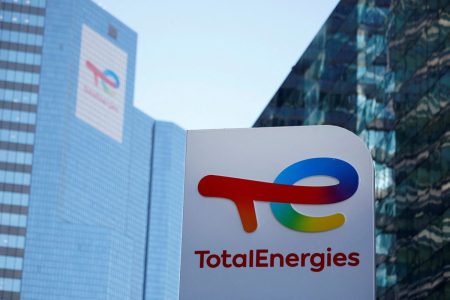 23 March 2013 – “In Africa lies a paradox between plentiful untapped hydropower and other renewable energy resources versus very little electricity access. Forty-five per cent of the electricity generation in Sub-Saharan Africa comes from hydropower but only five per cent of the continent hydro-potential has been tapped.
23 March 2013 – “In Africa lies a paradox between plentiful untapped hydropower and other renewable energy resources versus very little electricity access. Forty-five per cent of the electricity generation in Sub-Saharan Africa comes from hydropower but only five per cent of the continent hydro-potential has been tapped.
By harnessing those resources, we help delivering sustainable energy to many more people.” – Hela Cheikhrouhou, Director of Department of Energy, Environment and Climate Change, African Development Bank
On the African continent, current low energy access rates and limited infrastructure development call for urgent action. Recent studies estimate that 57 per cent of Africans are without electricity. In 2012, at the 18th Summit of the African Union, African Heads of State endorsed a set of priority energy projects to be implemented by 2020 as part of the Programme for Infrastructure Development for Africa (PIDA).
The energy infrastructure program focuses on major hydroelectric projects and interconnects the power pools between countries to meet the forecast increase in demand. Nine hydropower projects were identified for this phase, amounting to more than 50 GW potential capacity representing 40 per cent of the actual installed capacity of the continent. To date, the AfDB has been involved in five of them:
The Mphanda-Nkuwa project in Mozambique, which is at the financial closure stage. It will contribute to supply energy both to Mozambique and to South Africa.
The Inga hydropower projects in the Democratic Republic of Congo (DRC). Grand Inga will have to be built in several phases. When fully built, it will transform Africa by providing electricity to a large part of the continent with transmission lines interconnecting several countries.
Hydropower components of the Lesotho Highlands water project Phase II, which will supply power to Lesotho and South Africa.
The Ruzizi III project in Rwanda will provide additional electricity capacity in Rwanda , Burundi and the DRC. It is the first regional Public Private Partnership (PPP) power project in Africa and is a model for successful implementation.
The Rusumo Falls development. The electricity produced will supply Tanzania, Rwanda and Burundi.
Those multinational large-scale renewable projects are essential to ease regional cooperation in Africa and to contribute to universal access to modern, reliable and affordable energy services on the continent.
*Press statement



